
‘The Alvis name is known mostly only to car nerds. People under 50 may have heard of it but won’t know much about it,’ concedes Alan Stote, the current custodian of the Alvis name and the man behind its revival. ‘I don’t think that’s a bad thing,’ he adds. ‘People are looking for difference now. They want to be seen to have made an unusual choice.’

An Alvis is certainly an unusual choice given modern sensibilities. However, it is more than this fabled difference that explains a readiness to spend upwards of £325,000 on a hand-built ‘modern’ Alvis. The newly revived company – which last built a car in 1967 – has so far made ten, with two under construction and a third on order, enough to keep it busy until sometime in 2026.
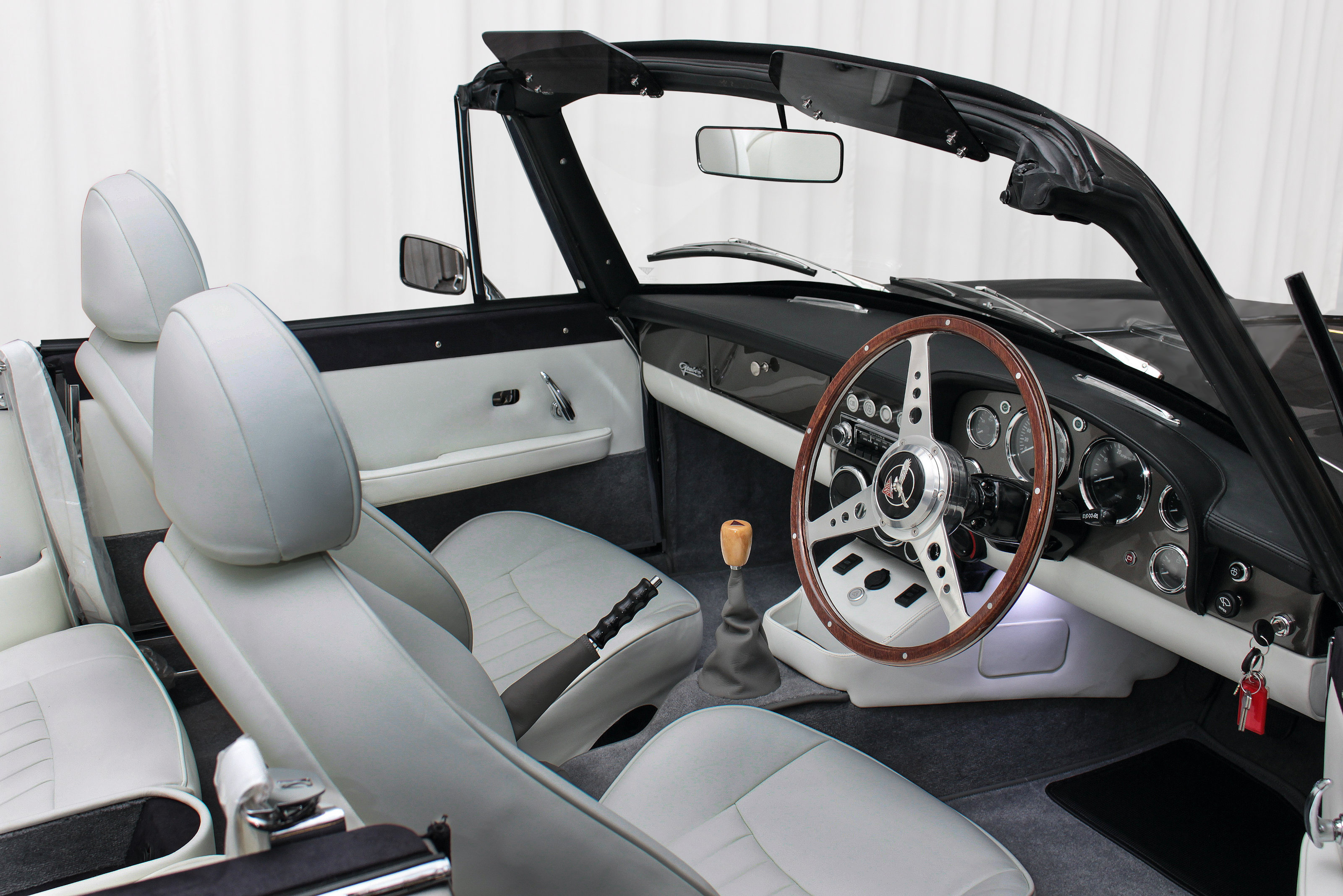
Established in 1919 by Thomas George John and renamed the Alvis Car and Engineering Company in 1921, the firm evolved from making engines and components to become a luxurious car maker, relying on coachbuilders to create the bodywork for its innovative underpinnings. In its heyday, it was said to rival the other major British luxury carmaker of the time, Rolls-Royce. Among its most famous models in the 1930s were the exotic art seco-era Bertelli Sports Coupe, the Vanden Plas Tourer and the Lancefield Concealed Hood.
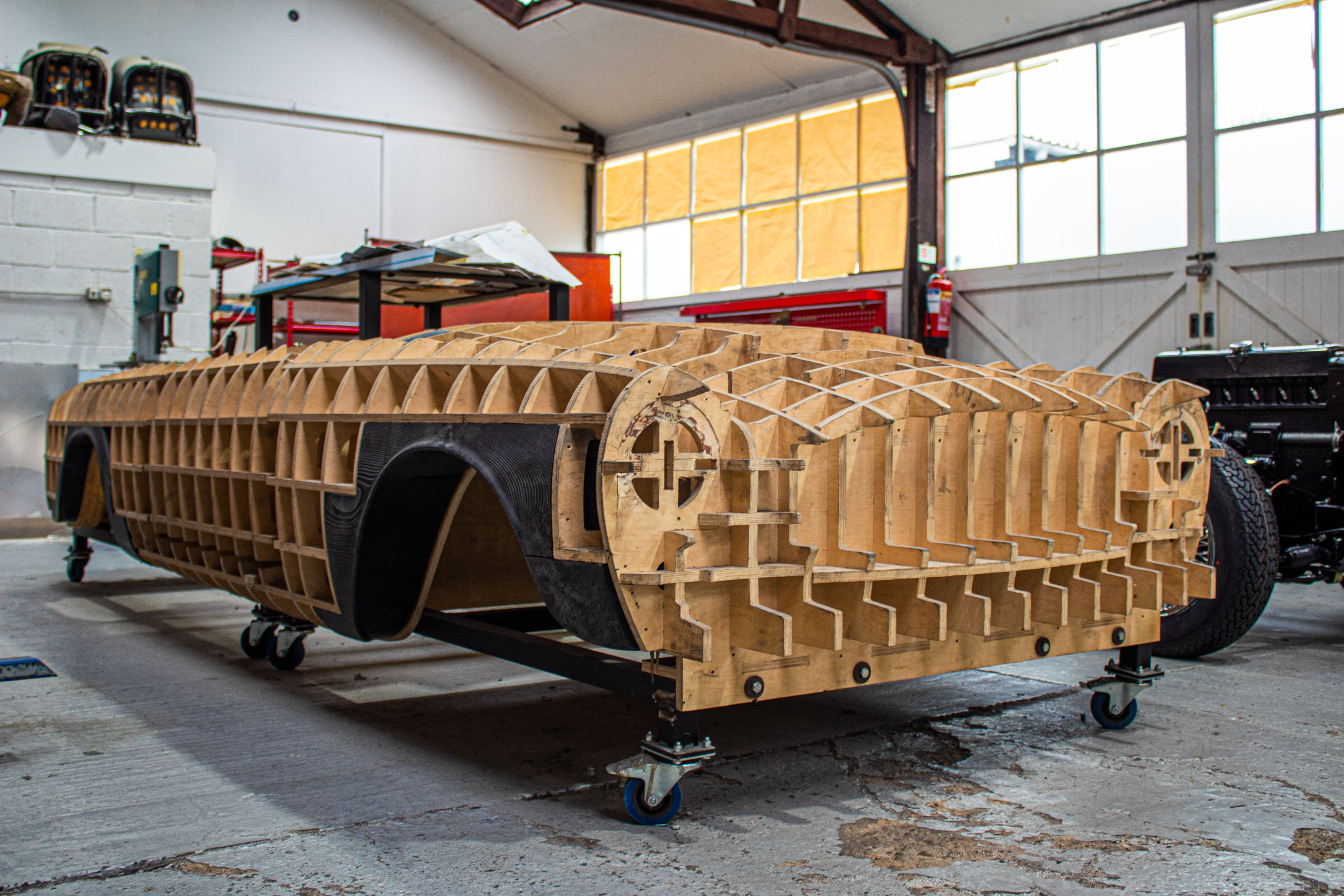
In the post-war era, the company also had an exclusive arrangement with the acclaimed mid-20th-century Swiss car designer Hermann Graber, who built and bodied a handful of elegant coupés. These models belonged to the rarefied and expensive era before factory-made luxury cars, after which ‘the cost of tooling meant that cars all started to look the same’, according to Stote.
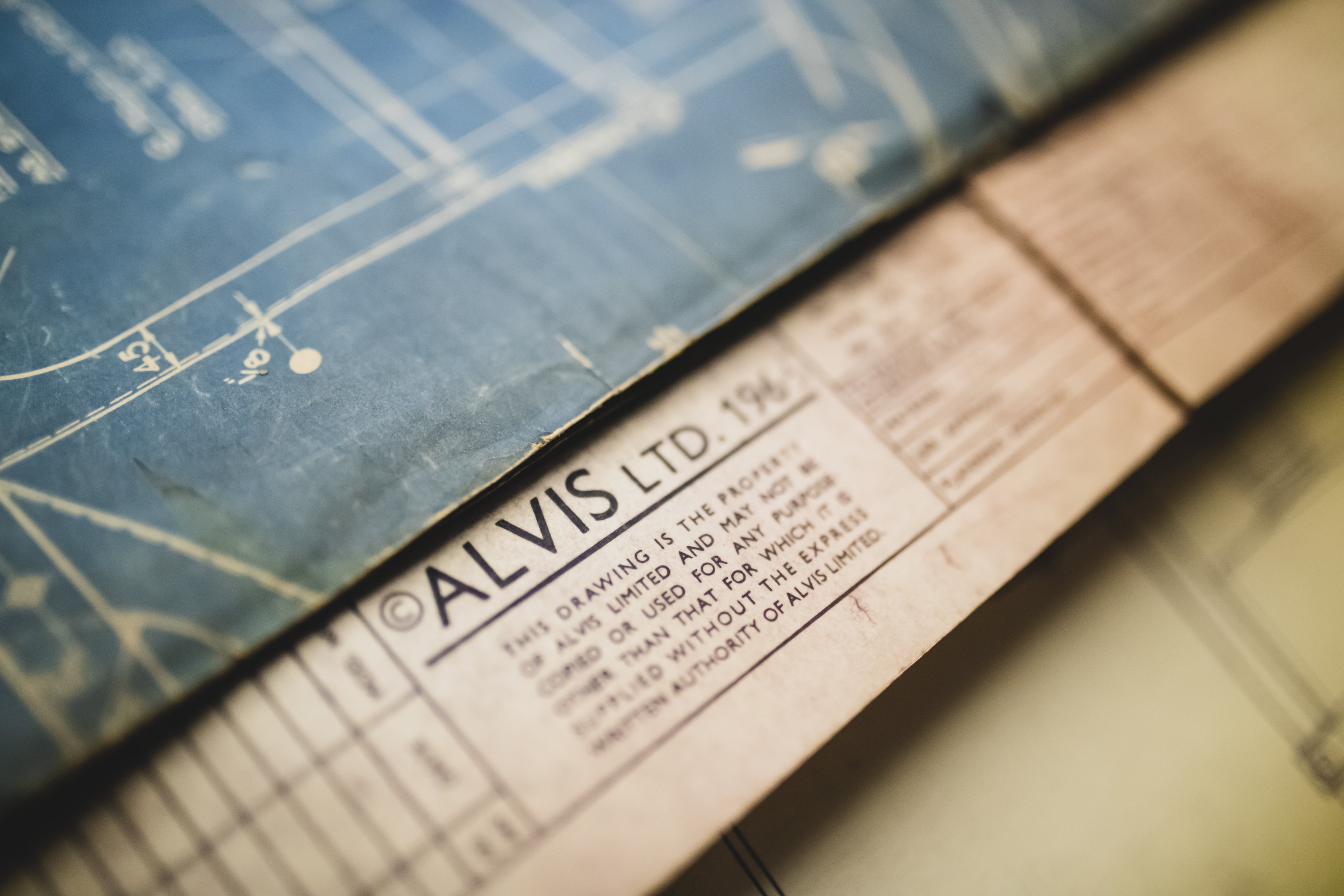
It was Alvis that invented the first independent front suspension, the first front-wheel drive cars, and the first all-synchromesh gearbox. The flying ace Douglas Bader drove an Alvis, as did Benjamin Britten and the Duke of Edinburgh. And so, more recently, did auto parts entrepreneur and pre-war car collector Stote.

After Alvis ceased production in 1967, there remained a small repair and servicing business for its select owners. But what drew Stote to acquire the name 30 years ago was a love of history and a desire to preserve it: remarkably, Alvis’ archive was complete since inception and remained in one place, in Kenilworth, near Coventry. That included not just 25,000 original engineering drawings but a large, mothballed inventory of components, including over 30 complete and unused engines. The rebirth of Alvis was plotted.
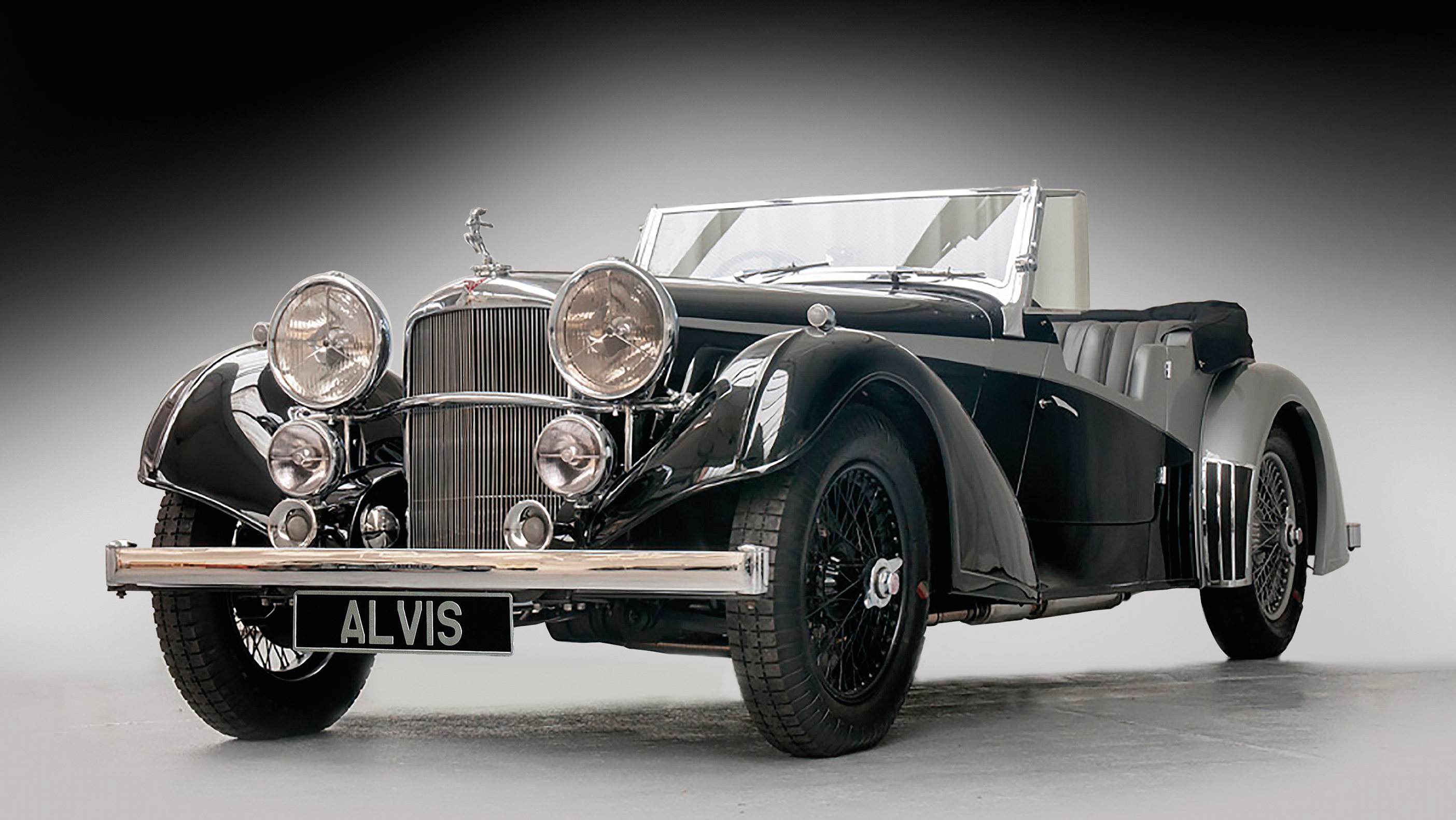
‘As repair and servicing jobs gradually got harder and more complex [depending on what other mechanics had done to the cars over the years], building a new car was in many ways easier and more predictable, especially when you have all the components,’ Stote explains. ‘Other companies have of course got into the business of completely remodelling vintage cars. I concluded it had to be a better job if it was done by the original OEM.’

Stote stresses that the ‘new’ Alvis cars are not rebuilds or replicas but are part of a new kind of 'continuation series', as he calls it. Just don’t expect – like a new Rolls-Royce – the most high-tech of vehicles; some of the new Alvis cars will still be powered by a 4.3 litre in-line six-cylinder engine designed by the company in 1936.
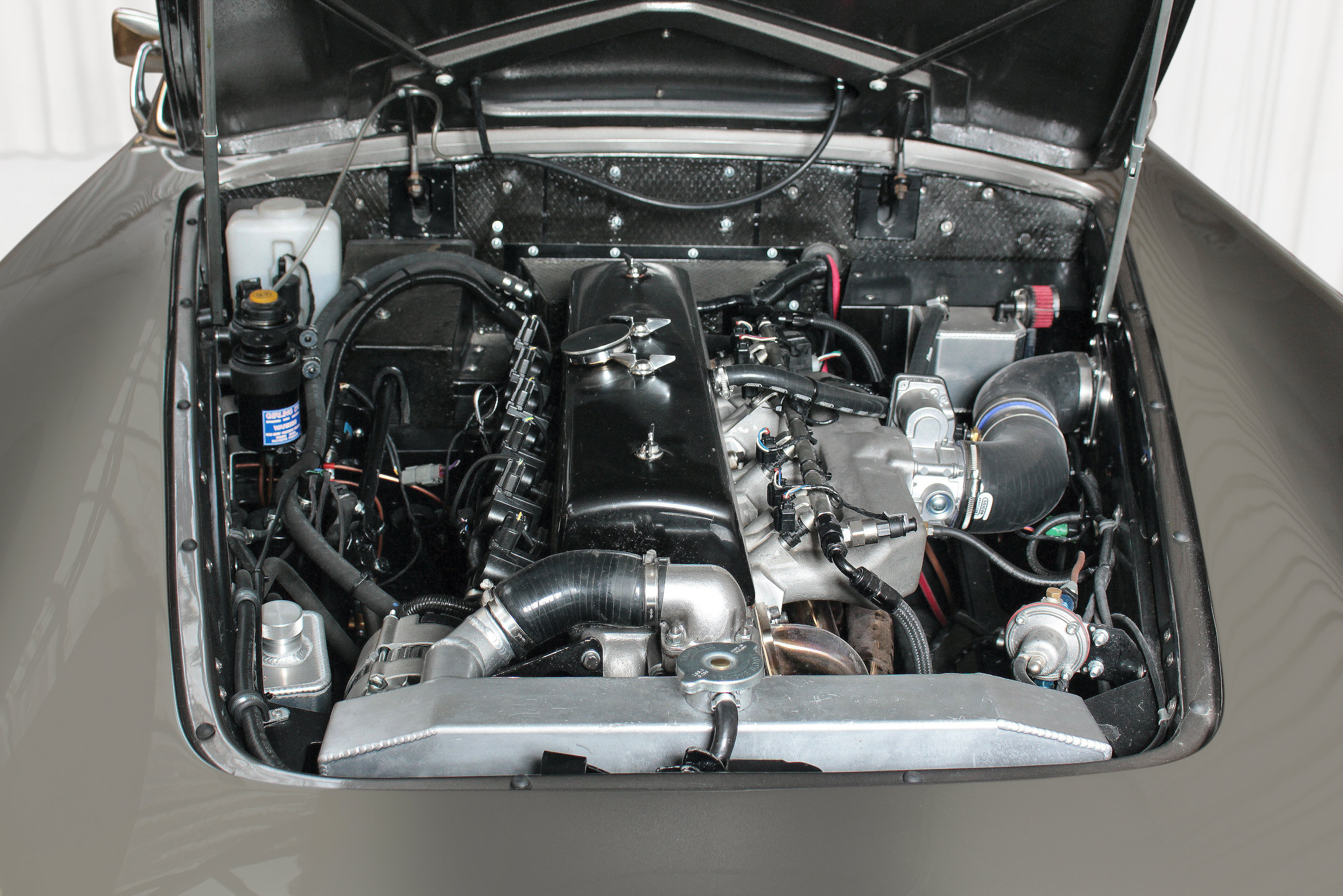
Today, buyers can specify one of several continuation models, spanning decades of Alvis’ history. From the 4.3 litre-powered Vanden Plas Tourer to the smooth lines of the 1935 Bertelli Sports Coupe and the Lancefield ‘concealed hood’ model, to the post-war Park Ward Drop Head Coupe and Graber Coupe/Cabriolet, Alvis exists in a distinct and rarefied place, hand-building new cars using the same methods as they used 90 years ago. ‘I’ve been very pleased by the relaunch, but actually Alvis really made it easy for me, because everything was already there,’ says Stote. ‘I just had to take it on.’
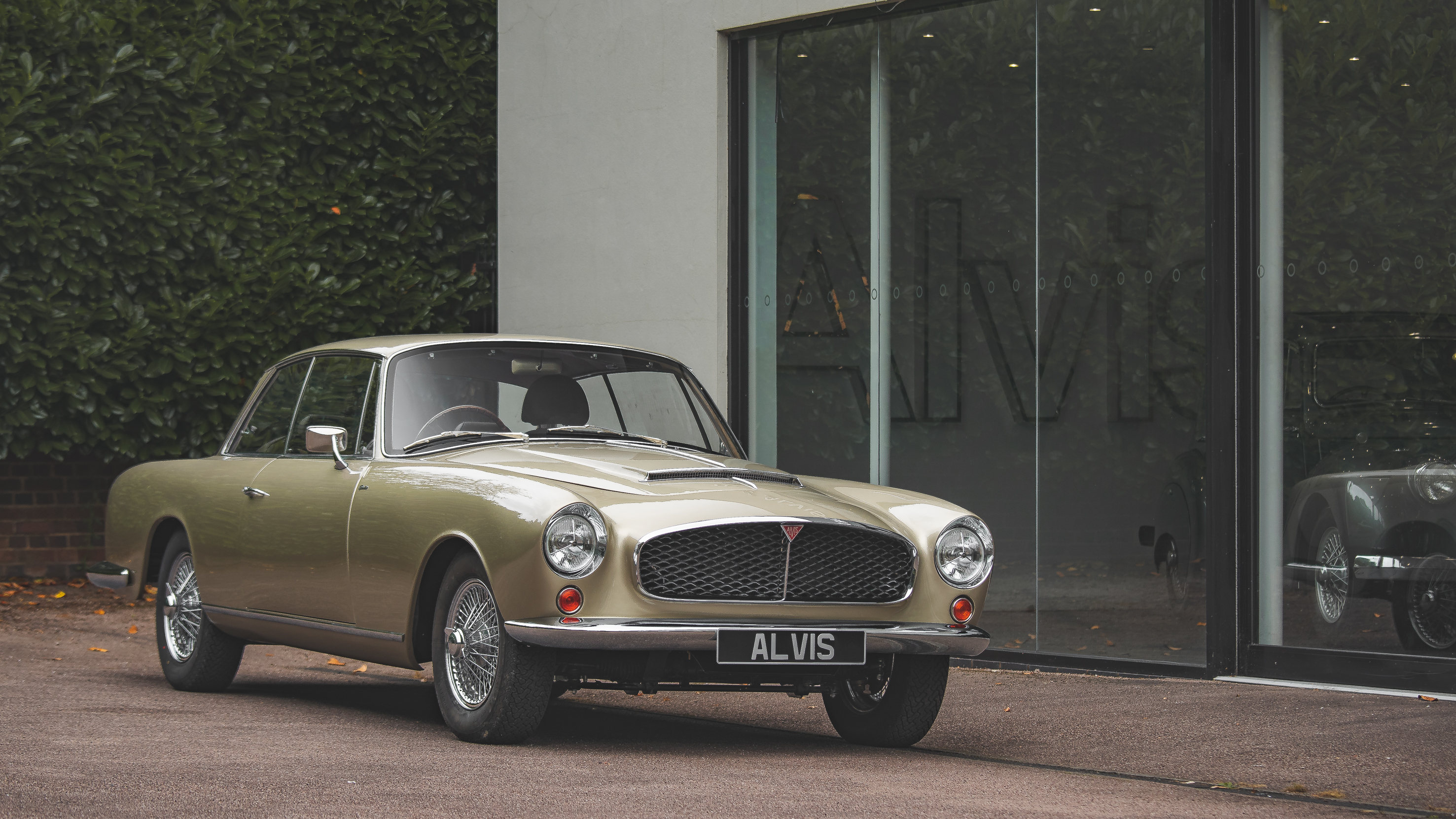
For more information, visit TheAlvisCarCompany.co.uk, @AlvisCarCo







